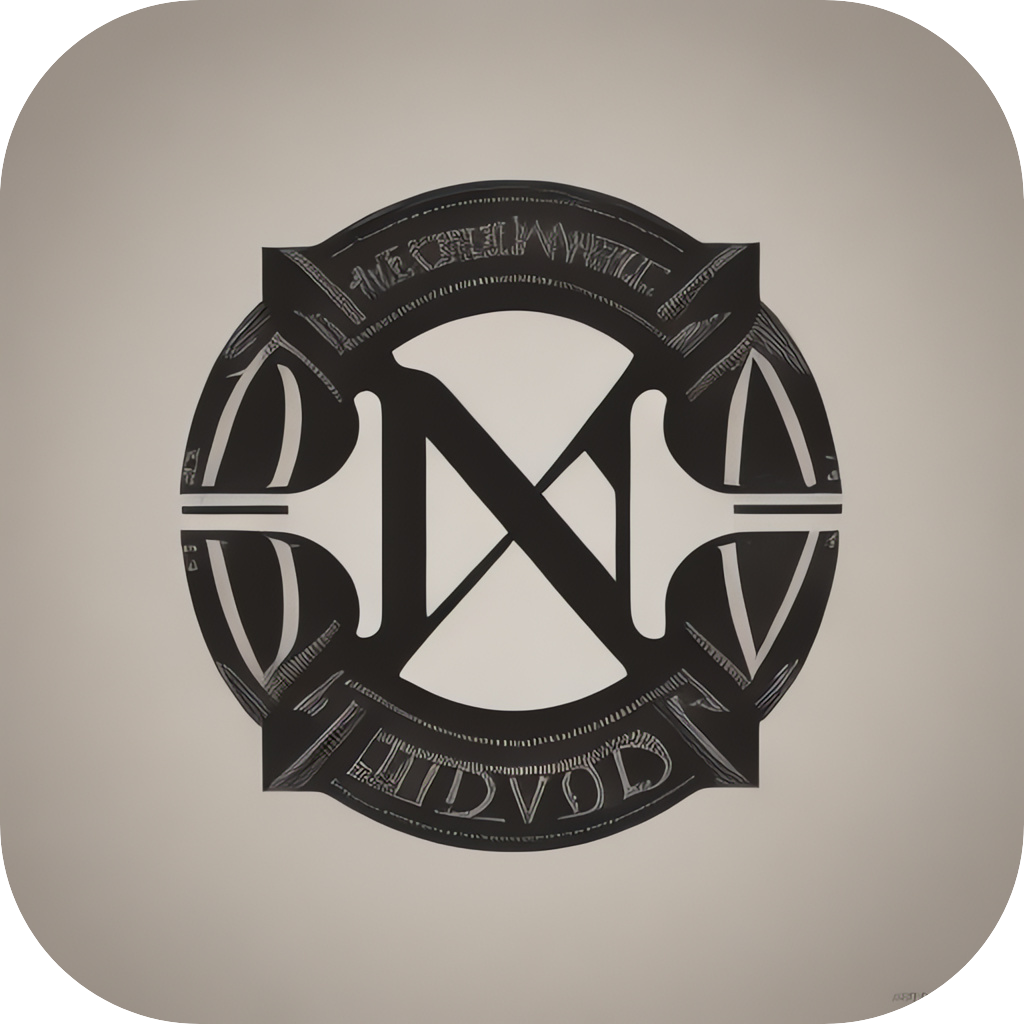Mastering MarkdownMind: Unleashing the Power of Effortless Note-Taking and Document Creation with Advanced Markdown Syntax
In the realm of digital communication and information management, finding tools that help us organize our thoughts, collaborate effectively, and share information seamlessly is crucial. Amidst the plethora of technologies for text creation and collaboration, one stands out: Markdown. A simple yet powerful language, Markdown allows you to effortlessly transform notes, create engaging content, and facilitate seamless document collaboration. In this article, we will delve deep into the nuances of advanced Markdown syntax and techniques to unlock its true potential for note-taking, structuring documents, and authoring content with style and efficiency.
## Structuring Your Notes and Documents
**Headings**: The backbone of any Markdown document, heading commands set the stage for the content structure. Use a # for main headings, ## for subheadings, and so forth, creating a logical hierarchy that enhances readability and organization. This helps both in visual scanning and in applying styling to sections as needed.
**Lists and Tables**: Organize information into lists for clarity and ease of understanding. For bulleted lists, use `-` or `*`, while numbered lists require an `1.` or `1).` prefix. Tables enhance the presentation of data, offering a neat and professional appearance via `pipe` separators.
**Emphasis and Formatting**: Markdown understands simple formatting instructions to highlight key points. Underlining, bold text, and italics are marked with `__`, `**`, and `*` respectively, making the text visually prominent. This is particularly useful for emphasizing keywords, titles, or key phrases in your note.
## Advanced Techniques for Enhanced Document Creation
### Code Blocks
Code blocks are essential for displaying programming code with the proper syntax highlighting, crucial for both code documentation and reference purposes. To create a code block, indent any code lines by four spaces or use `>` for blockquotes, ensuring they stand out and are easily readable.
### Images and Embeds
Integrating media directly into your Markdown documents can significantly enhance their visual appeal and utility. Insert an image by using the `` syntax, where `URL` should contain the exact URL of the image. Similarly, adding YouTube videos, audio, or other multimedia links can be done using the same method, with the media link’s protocol and domain providing all the necessary content for display.
### Links and Anchor Points
Links, whether internal within the same document or external to it, are crucial for navigation and resource discovery. Create a link to another section in your document by placing the link text followed by `[link text](![relative link/path])`. For external links, use `text` or image `[text](URL)` where `text` represents the clickable part of the link, and the link is specified within the URL brackets.
### Embedding Math and LaTeX Formulas
Markdown itself does not support complex mathematical expressions directly, but when combined with external tools like MathJax, you can seamlessly integrate LaTeX formulas into your documents. MathJax renders mathematical expressions written in LaTeX directly into high-quality, typographically correct, and interactive equations.
## Conclusion
Mastering Markdown goes beyond just text formatting; it’s about leveraging simple, elegant syntax to craft meaningful documents that are easy to read, maintain, and share. Whether you’re jotting down thoughts, creating polished blog posts, or developing documentation for a team, the power of advanced Markdown techniques becomes invaluable. By understanding and applying these advanced Markdown features, you can transform your note-taking and document creation processes, elevating them to a level of efficiency and elegance that significantly improves productivity and collaboration. Dive deeper into these tips and techniques, and you’ll soon discover the true potential of Markdown to enhance your digital communication and content creation.
Happy Markdowning!
